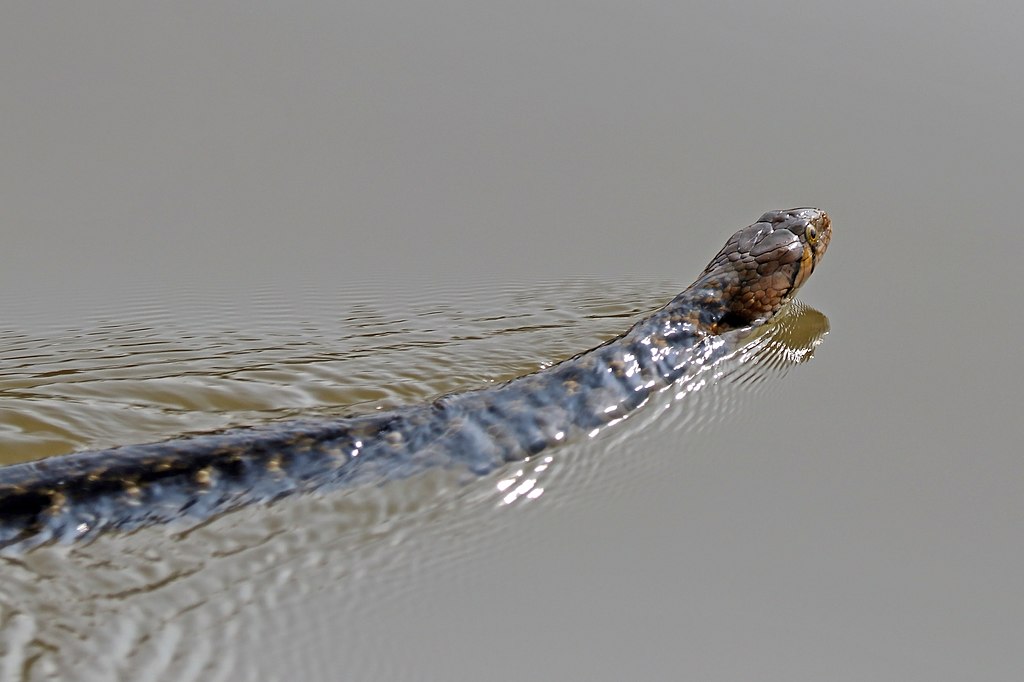Snakes, like all animals, can experience stress and anxiety that may manifest as panic-like behaviors. As cold-blooded reptiles with primitive brains, their fear responses differ significantly from mammals, yet they remain susceptible to environmental stressors that can trigger alarming behaviors. Understanding how to recognize these signs and respond appropriately is crucial for snake owners, handlers, and anyone who might encounter these fascinating reptiles. A panicked snake not only poses potential danger to handlers but also experiences physiological stress that can impact its health. This comprehensive guide explores effective techniques to calm a distressed snake, ensuring both human safety and the wellbeing of these remarkable creatures.
Understanding Snake Stress Responses
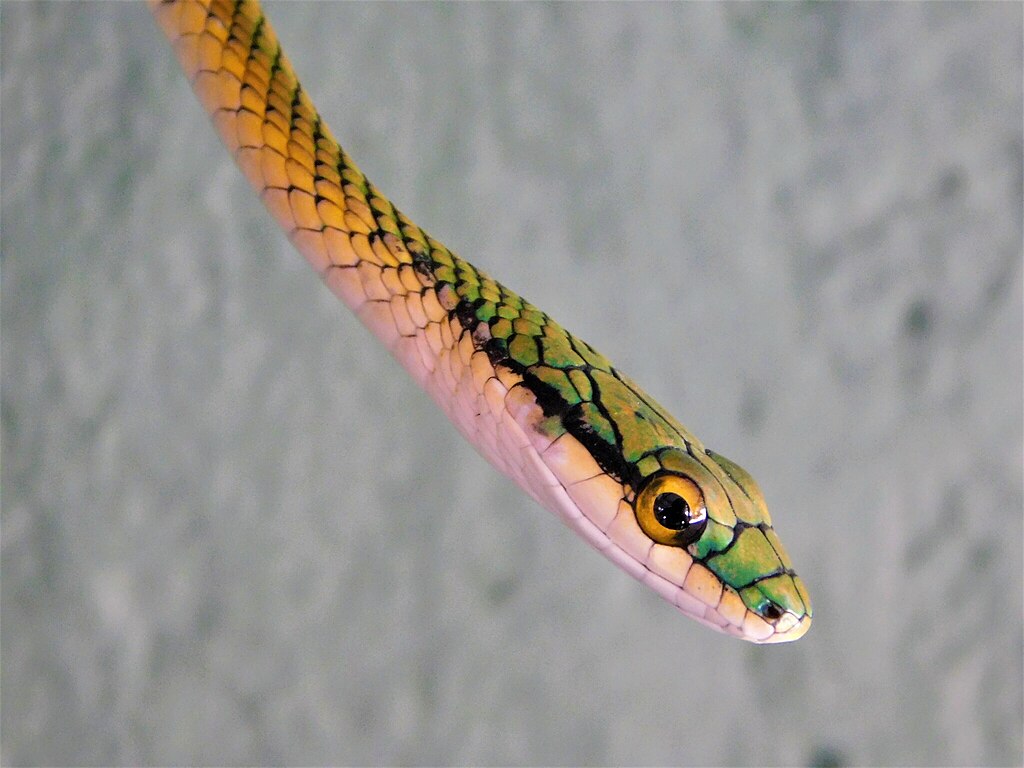
Snakes display stress and panic in ways that may not be immediately obvious to the untrained eye. Unlike mammals that might vocalize or display frantic movements, snakes typically demonstrate stress through more subtle behavioral changes. These may include rapid breathing, tense muscle posture, defensive striking postures, or attempts to flee. Many species will also release musk—a foul-smelling defensive secretion—when they feel threatened or cornered. Recognizing these signs early is essential, as a snake’s stress response can escalate quickly from mild agitation to full defensive behaviors if the perceived threat continues. Understanding that these responses are natural survival mechanisms rather than aggression helps contextualize the snake’s behavior and informs appropriate calming techniques.
Common Triggers of Snake Panic
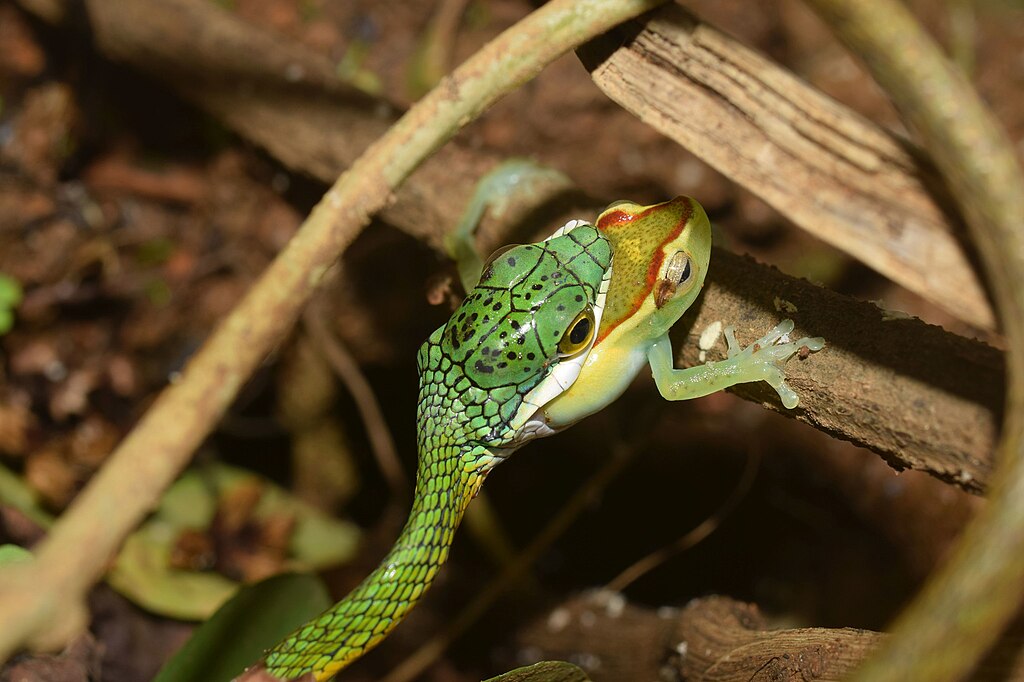
Several factors can trigger panic responses in captive and wild snakes alike. Sudden movements or loud noises often startle snakes, as these may signal the presence of predators in their natural environment. Improper handling techniques, particularly those that make a snake feel unsupported or vulnerable, frequently induce stress responses. Environmental changes, including dramatic temperature fluctuations, inappropriate humidity levels, or exposure to unfamiliar scents can also cause anxiety. New enclosures or environments may temporarily disorient snakes, leading to stressed behaviors as they attempt to acclimate. For wild snakes, human presence alone can be perceived as a significant threat, while captive specimens may panic during necessary but stressful events like veterinary examinations or enclosure cleanings.
Creating a Low-Stress Environment
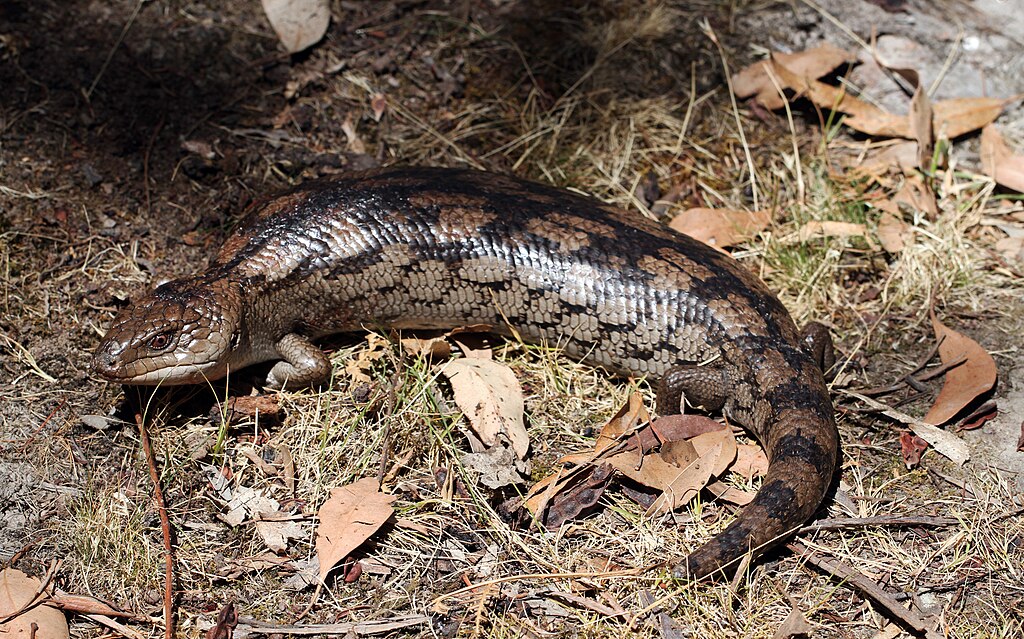
The foundation of calming a panicked snake begins with establishing an appropriate environment that minimizes stress triggers. Start by reducing ambient noise and vibrations in the area, as snakes are highly sensitive to these disturbances through their jawbones and bodies. Dim the lighting or provide adequate hide spots where the snake can retreat and feel secure when threatened. Maintain consistent and species-appropriate temperature and humidity levels, as environmental stability plays a crucial role in reptilian comfort. For handling situations, choose a quiet room with closed doors to prevent escape attempts and eliminate the presence of natural predators like household pets that may further agitate the snake. Creating this controlled environment forms the essential first step in de-escalating a snake’s panic response.
The Hands-Off Approach: When to Avoid Handling
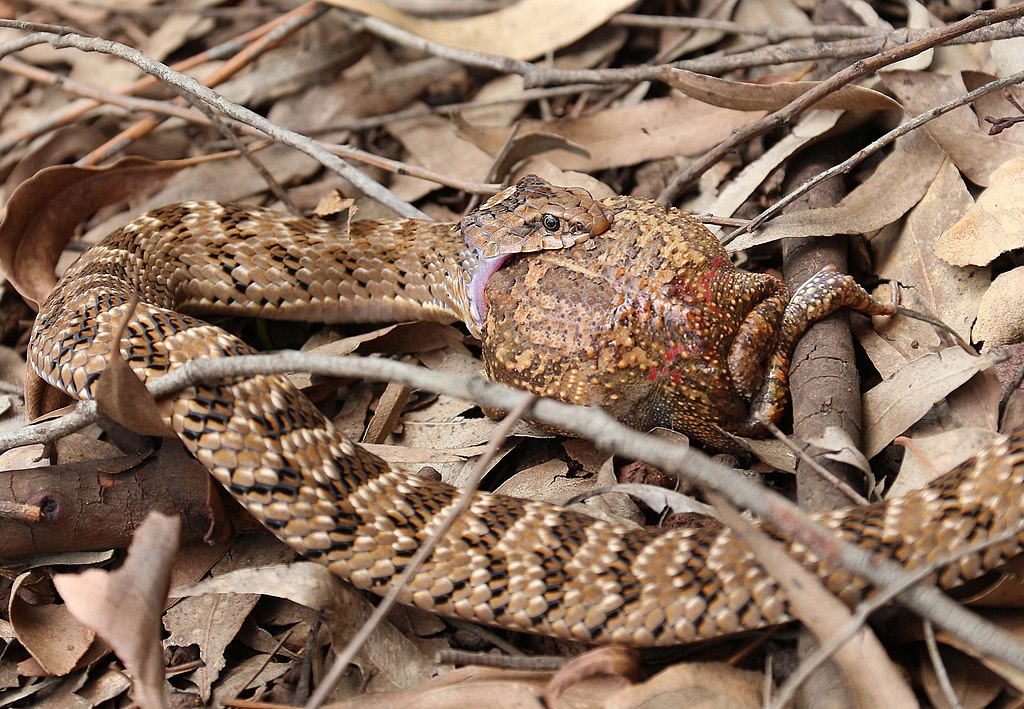
Sometimes the most effective intervention when faced with a panicking snake is simply not to intervene at all. When a snake displays serious defensive behaviors such as striking, hissing, or forming coiled strike positions, forcing handling will typically escalate the situation and potentially result in bites or injury to both handler and snake. Instead, give the animal space and time to calm naturally in its secure environment. This approach is particularly important for recently acquired snakes, wild specimens, or animals undergoing significant environmental changes. For captive snakes, simply covering part of their enclosure with a towel can create a sense of security that allows them to self-soothe. Remember that snakes operate on different timescales than humans—what seems like a long waiting period to us may be necessary for the snake to return to a calm state.
Proper Handling Techniques for Agitated Snakes

When handling becomes necessary despite a snake showing mild stress signals, proper technique becomes crucial to prevent escalation. Always approach the snake from the side rather than from above, as overhead movements mimic predator attacks and trigger defensive responses. Support the snake’s body properly with gentle, confident hands distributed along its length, ensuring no part of its body hangs unsupported. Move slowly and deliberately, avoiding sudden movements or shifts in grip that might startle the animal. For larger specimens, the hook-and-tail technique—using a snake hook to lift the first third of the body and then supporting the rest—offers control while minimizing the snake’s perception of being grabbed by a predator. Proper handling not only prevents panic but often helps calm an already agitated snake by providing consistent, secure support.
The Role of Temperature in Snake Behavior

Temperature plays a fundamental role in reptilian physiology and behavior, directly affecting a snake’s stress responses and ability to calm down. Snakes are ectothermic animals that rely on external heat sources to regulate their body temperature, which in turn affects their metabolism and activity levels. A snake that is too cold may behave erratically due to impaired nervous system function, while one that is overheated might display panic-like symptoms as it seeks cooler areas. Ensuring the snake has access to an appropriate temperature gradient allows it to self-regulate and find its optimal zone for comfort. During stress episodes, confirming that temperatures fall within the species’ preferred optimal temperature zone (POTZ) can help determine whether thermal stress is contributing to the panic behavior. Addressing temperature issues often resolves apparent panic behaviors without further intervention.
Snake Bags and Transportation Techniques
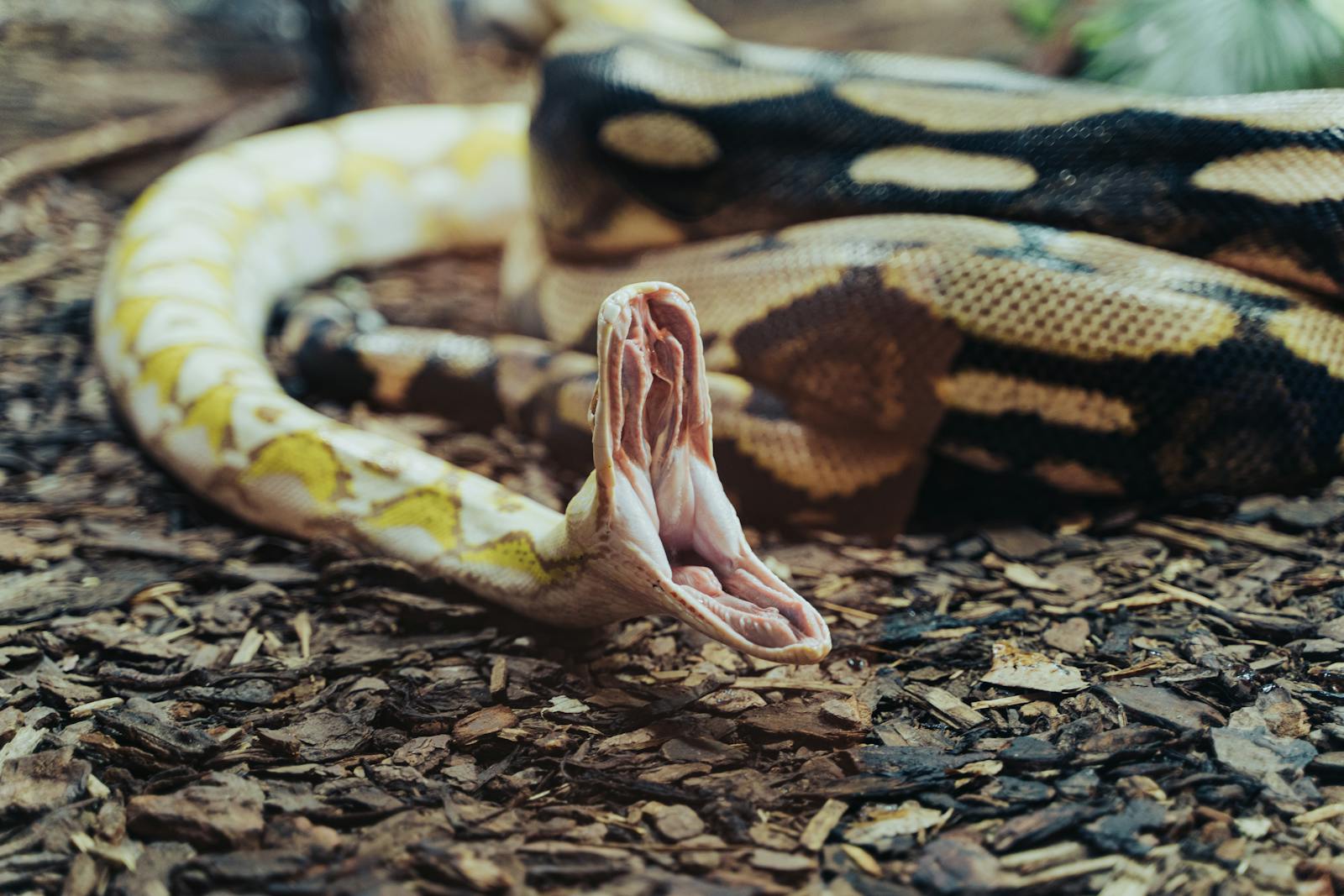
When a stressed snake needs to be moved safely, specialized containment methods can minimize stress for both the handler and the animal. Snake bags made of breathable, opaque fabric provide darkness that naturally calms many species while preventing visual stimuli that might trigger defensive responses. The proper bagging technique involves gently guiding the snake headfirst into the bag, then carefully securing it with a knot or zip tie, ensuring enough space remains for the snake to move comfortably but not escape. For transportation, placing the bagged snake in a secure container with appropriate ventilation and temperature control prevents additional stressors. Some handlers find that pillow cases can serve as emergency snake bags, though purpose-made equipment is generally superior for regular use. These containment methods work because darkness and confined spaces often provide a sense of security for snakes accustomed to tight burrows and crevices in their natural habitats.
Species-Specific Calming Approaches

Different snake species exhibit varying temperaments and stress responses that necessitate tailored calming approaches. Arboreal species like emerald tree boas often calm more quickly when provided with overhead branches to climb, recreating their natural security strategy of retreating upward. Fossorial (burrowing) species such as sand boas typically respond well to being allowed to bury themselves in an appropriate substrate, as this mimics their natural stress response of hiding underground. Defensive species like many rattlesnakes may require professional handling tools and techniques, including snake hooks and tubes for restraint rather than direct handling. Ball pythons, known for their defensive ball-forming behavior, often calm when allowed to curl around the handler’s arm in a secure position that satisfies their instinct to hold onto branches. Understanding these species-specific behaviors allows handlers to work with rather than against the snake’s natural tendencies.
The Impact of Scent on Snake Behavior
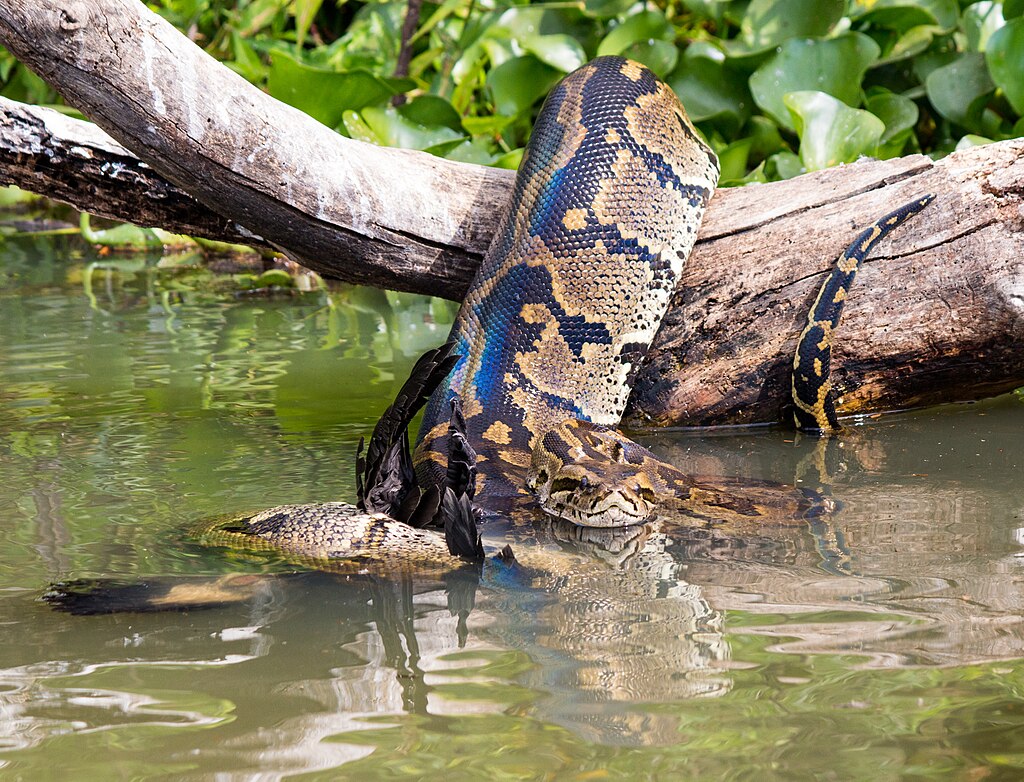
A snake’s world is heavily influenced by chemical sensory information, making scent a significant factor in both triggering and calming panic responses. Snakes possess an advanced vomeronasal organ (Jacobson’s organ) that detects chemical particles in their environment, providing detailed information about potential threats, prey, and territory. The scent of predator species, including mammals like cats and dogs, can induce immediate defensive behaviors in many snake species. Handlers should wash hands thoroughly before interaction to remove scents of prey animals (like rodents) which might trigger feeding responses or other prey animals that might have been recently handled. Some professional handlers report success using unscented hand sanitizers before handling to create a neutral scent profile. For particularly sensitive specimens, wearing clean cotton gloves can eliminate human scent entirely, potentially reducing defensive responses in stress-prone individuals.
Progressive Habituation for Nervous Snakes
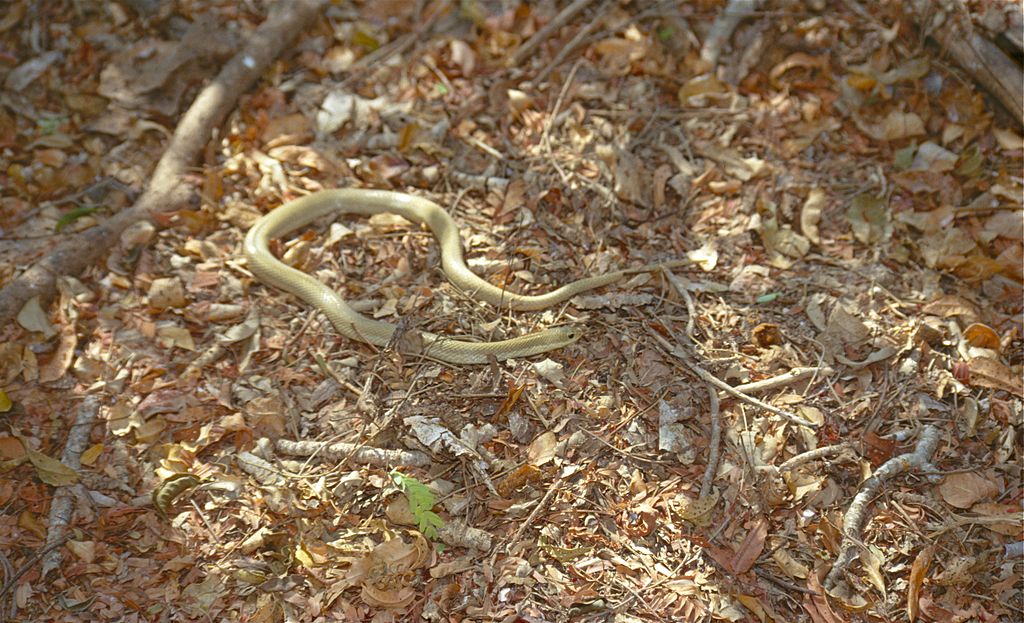
For consistently anxious or defensive snakes, a structured habituation program can produce lasting improvements in their stress responses. This approach involves gradually exposing the snake to handling and interaction in increasingly longer sessions, always ending on a positive note before stress escalates to panic. The process begins with very brief handling periods—perhaps just 30 seconds—followed by immediate return to the security of the enclosure. With each successful interaction, the duration can be incrementally increased while carefully monitoring for stress signals. This technique works particularly well for captive-bred specimens that show excessive defensive behaviors due to limited human interaction. The effectiveness of habituation stems from the snake’s ability to form basic associations between non-threatening handling experiences and the absence of negative consequences, gradually reducing their defensive drive over time. Most handlers find that consistency and patience yield significant improvements within weeks or months, depending on the individual snake’s temperament.
Emergency Interventions for Severely Stressed Snakes
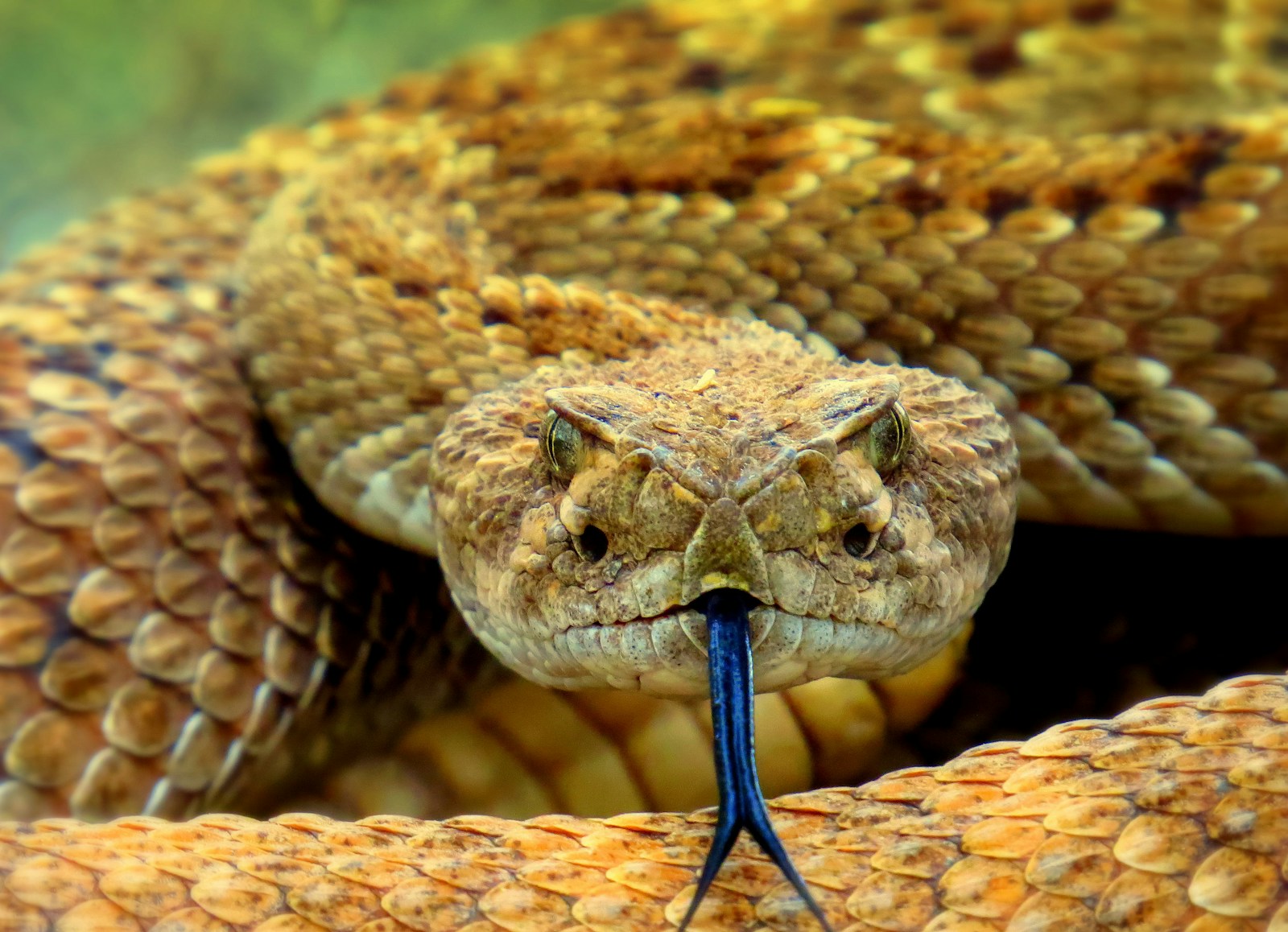
In situations where a snake’s panic response reaches dangerous levels for either the snake or handler, emergency intervention techniques may become necessary. Snake tubes—clear plastic tubes of appropriate diameter—can safely restrain venomous or highly agitated non-venomous species by exploiting their natural tendency to seek shelter in confined spaces. The snake is encouraged to enter the tube headfirst, after which the handler can safely control the snake’s position without direct contact with its head. In cases of extreme stress where the snake may injure itself through frantic movement, veterinarians sometimes recommend short-acting sedatives, though this should only be considered under professional guidance. For snakes demonstrating stress-related regurgitation (a serious condition where recently consumed food is expelled), immediate environmental correction and veterinary consultation are essential. These emergency techniques should be viewed as last resorts when standard calming approaches have failed and the snake’s wellbeing is at immediate risk.
Recognizing and Responding to Snake Body Language

Developing the ability to “read” subtle changes in snake posture and movement patterns allows handlers to intervene before mild stress escalates to full panic. A relaxed snake typically displays smooth, unhurried movements with a loosely held body posture and regular breathing patterns visible as gentle expansions of the body. Early stress signals include increased tongue flicking, tightening of body muscles, and more deliberate, cautious movements as the snake assesses potential threats. As stress escalates, many species flatten their heads and bodies to appear larger, position themselves in S-shaped striking poses, or exhibit rapid, jerky movements in attempted escape behavior. By responding appropriately to these early signals—perhaps by providing more support, moving to a quieter location, or returning the snake to its enclosure—handlers can prevent the cascade of stress responses that lead to full defensive behaviors. This proactive approach is far more effective than attempting to calm a snake already in a heightened state of panic.
Long-Term Strategies for Reducing Snake Anxiety

Beyond immediate interventions, several long-term strategies can help reduce the frequency and intensity of panic episodes in captive snakes. Establishing and maintaining a consistent handling routine creates predictability that many snakes respond positively to over time. Ensuring the enclosure design includes multiple secure hiding spots allows the snake to regulate its own stress levels by retreating when desired. Some handlers successfully implement “target training” where the snake learns to associate a specific object with positive experiences like gentle handling or food rewards, creating positive rather than defensive associations with human interaction. Optimizing nutrition through appropriate prey items and feeding schedules supports overall health, potentially reducing stress reactions driven by hunger or nutritional deficiencies. These ongoing strategies work together to create an environment of security and predictability that naturally minimizes the conditions that might trigger panic responses, resulting in a calmer, more confident snake over time.
When to Seek Professional Assistance

There are circumstances when a snake’s panic behaviors warrant professional intervention rather than home management attempts. Persistent defensive behaviors that don’t improve with standard calming techniques may indicate underlying health issues requiring veterinary assessment. Snakes that show sudden behavioral changes from previously calm temperaments often have medical problems triggering their defensive responses. When dealing with venomous species demonstrating severe agitation, professional handlers with specialized training and equipment should always be consulted to ensure safety. Reptile behaviorists or experienced breeders can provide valuable species-specific insights for particularly challenging individuals whose behaviors fall outside typical patterns. Recognizing the limitations of one’s experience and seeking appropriate help not only ensures the snake receives proper care but also prevents potentially dangerous handling situations that might lead to bites or injuries.
In conclusion, calming a panicked snake requires a thoughtful blend of environmental management, proper handling techniques, and understanding of reptilian psychology. The approaches outlined in this guide emphasize working with the snake’s natural behaviors rather than against them, creating conditions that allow the animal to self-regulate its stress response whenever possible. For both wild encounters and captive care situations, the principles of minimizing stimulation, providing security, and respecting the snake’s natural behaviors form the foundation of effective calming strategies. By developing these skills, handlers can foster positive relationships with these remarkable reptiles while ensuring both human safety and the wellbeing of the snake itself. Remember that patience plays a crucial role—given appropriate conditions and time, most snakes will return to a calm state naturally, allowing for safer, more positive interactions.

